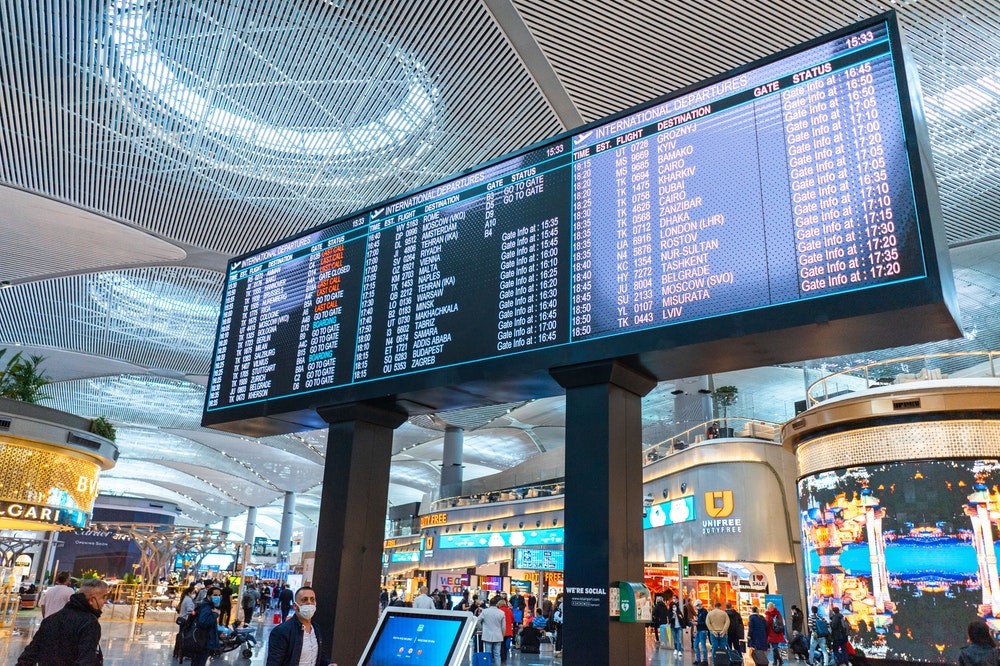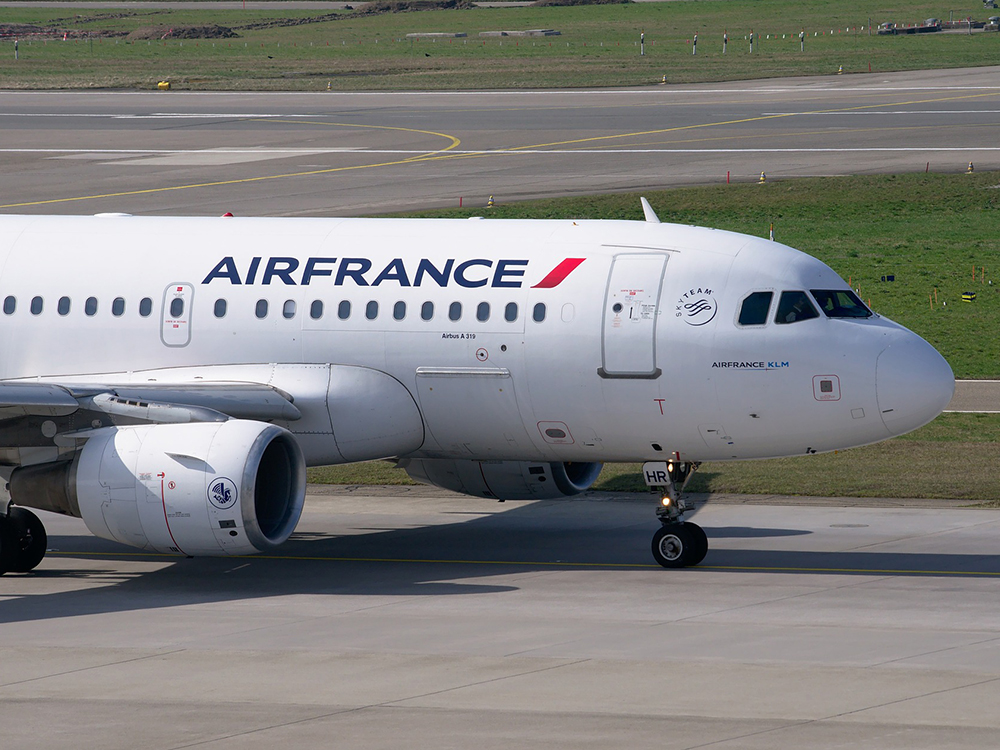What is a self-transfer flight?
What are your rights on self-transfer flights?
A self transfer flight is a type of travel where the passenger has to change flights or airlines on their own, without any assistance from the airline (in contrast to conventional connecting flights). This can involve booking separate tickets, collecting and rechecking luggage, and navigating the airport independently.
This blog post will detail all you need to understand about self-transfer flights. You’ll discover how to identify them, their advantages and disadvantages, and tips to enhance your travel experience, making it safer and more efficient.
Check your compensation online.
What Is a Self-Transfer Flight?
A self-transfer flight refers to situations where you, the passenger, take on the responsibility for making your connections.
For example, if you have a flight from New York to London with Air France and then another flight from London to Paris with a different airline, you’ll need to pick up your luggage and check in again for the next flight because they’re not booked together.
Having a self-transfer flight requires more accountability but can provide increased flexibility and potentially more economical options.
How Do You Know If Your Flight Is a Self-Transfer?
Here are a few ways to identify a self-transfer flight:
1. You Made Multiple Reservations
This is the clearest indication that you have a self-transfer flight.
If you have made several reservations, it is a self-transfer flight.
2. Separate Booking Reference Numbers
If each segment of your journey has its booking reference or itinerary, you are likely on a self-transfer flight. This indicates that different airlines will manage each portion of your trip.
What if you have booked a ticket through a site like Kiwi or Skyscanner?
It may seem like one booking, but it’s actually not.
If there are two or more booking numbers – one for each flight leg, and each one shows details for only one flight when managing your flight online on the airline’s website, they are separate flights, indicating a self-transfer.
Flight booking platforms generally inform you of this before you confirm your booking.
3. Different Airlines
If your travel plans involve multiple airlines, there’s a likelihood that you may have a self-transfer flight.
This is especially true if you didn’t book your ticket directly through the airline, but rather via a flight reservation site like Kiwi.com or Skyscanner.
Visit the airlines’ websites to confirm your flight details. If you can’t find both flights listed, it means you have a self-transfer flight. In this case, each airline’s website will only show information related to the specific flight it operates.
If you’re uncertain, reach out to the service where you purchased the ticket for clarification.
4. Different Airports
In 99% of cases, this indicates a self-transfer.
Connecting flights usually don’t require changing between different airports.
Check your compensation online.

Is Self-Transfer Safe, and How To Enhance Its Safety?
Although self-transfer flights can be secure, they do carry certain risks.
Here’s how to minimize those risks.
1. Allow Enough Time
Scheduling additional time between your flights can help mitigate problems if delays arise.
Aim for a minimum of three to four hours between flights to accommodate unexpected situations such as lengthy customs lines.
Having more time is particularly beneficial if you’re travelling with checked luggage.
2. Research Airports
Get to know the airports where your flights will connect.
Understanding the airport layout, distances between terminals, and the amenities available can help you manage your time effectively and alleviate stress during your layover.
Alternatively, you can be very proactive when you arrive and head straight to your next flight.
3. Purchase Travel Insurance
Getting travel insurance can give you peace of mind.
Should you miss a connection due to unexpected delays, your policy might help cover the costs of rebooking flights, lodging, or other expenses.
Advantages and Disadvantages of Self-Transfer Flights
Self-transfer flights can come with their own set of benefits and drawbacks.
Here’s what you need to bear in mind:
Advantages
- Cost savings. Often, booking individual flights can be more economical than reserving a single connecting flight. In some cases, the price differences can be quite substantial.
- Flexibility. Self-transfer flights allow for greater flexibility in selecting departure times, airlines, and even stopover cities. This can facilitate short visits to cities during extended layovers, as well as a wider selection of travel destinations.
- Variety of options. You’re not constrained to one airline’s schedule or routes. This can prove particularly beneficial when trying to access smaller or more isolated locations.
Disadvantages
- Increased responsibility. The responsibility of managing your connections is solely on you. Failing to make connections can result in extra costs and stress.
- Limited airline assistance. When dealing with self-transfer flights, you generally do not receive support in the event of missed flights due to delays or cancellations.
- Baggage management. You will be required to collect and recheck your luggage, which can be extremely time-consuming.

What Happens if You Miss Your Self-Transfer Flight?
Here’s a straightforward step-by-step guide:
1. Rebook Flights
Head over to the customer service counter of Air France.
They may assist you in rebooking on the next available flight.
However, you will likely need to pay the full fare.
Last-minute changes can be quite pricey.
2. Seek Accommodation
If it’s not possible to rebook for the same day, look for a place to stay.
Many airports feature nearby hotels with options for day rates for stranded passengers.
Unfortunately, you typically won’t receive any assistance from the airline regarding this.
3. Stay Calm
Stay collected and evaluate your choices.
Anxiety can make matters worse, so take a moment to breathe deeply and approach the situation methodically.
4. Understand Your Entitlements
Remember that despite any disruptions, you still have passenger rights for each flight. If your flight faces delays or cancellations, you are often entitled to compensation.
In case of prolonged waiting at the airport due to flight disruptions, you have a right to care.
Ensure you are informed about your entitlements and respond appropriately (reach out to the airline if they are not in touch with you).
Refer to the resources linked below for further details regarding your rights.
Read more:
- Air France Self-Transfer Flight Compensation
- Air France — Ryanair Self-Transfer Flight: Who Is Going to Pay Compensation?
- Air France Flight Delay Compensation
- Air France Flight Cancellation Compensation
Featured photo from Pexels
